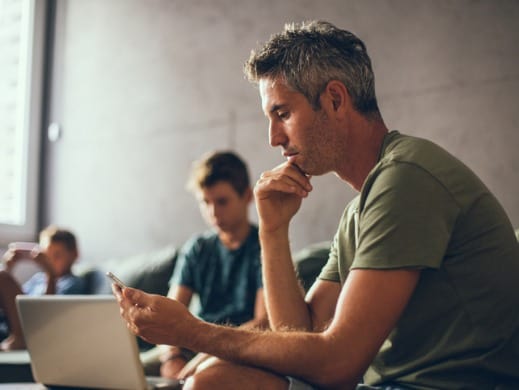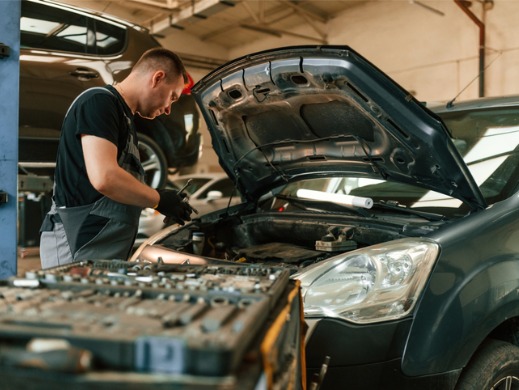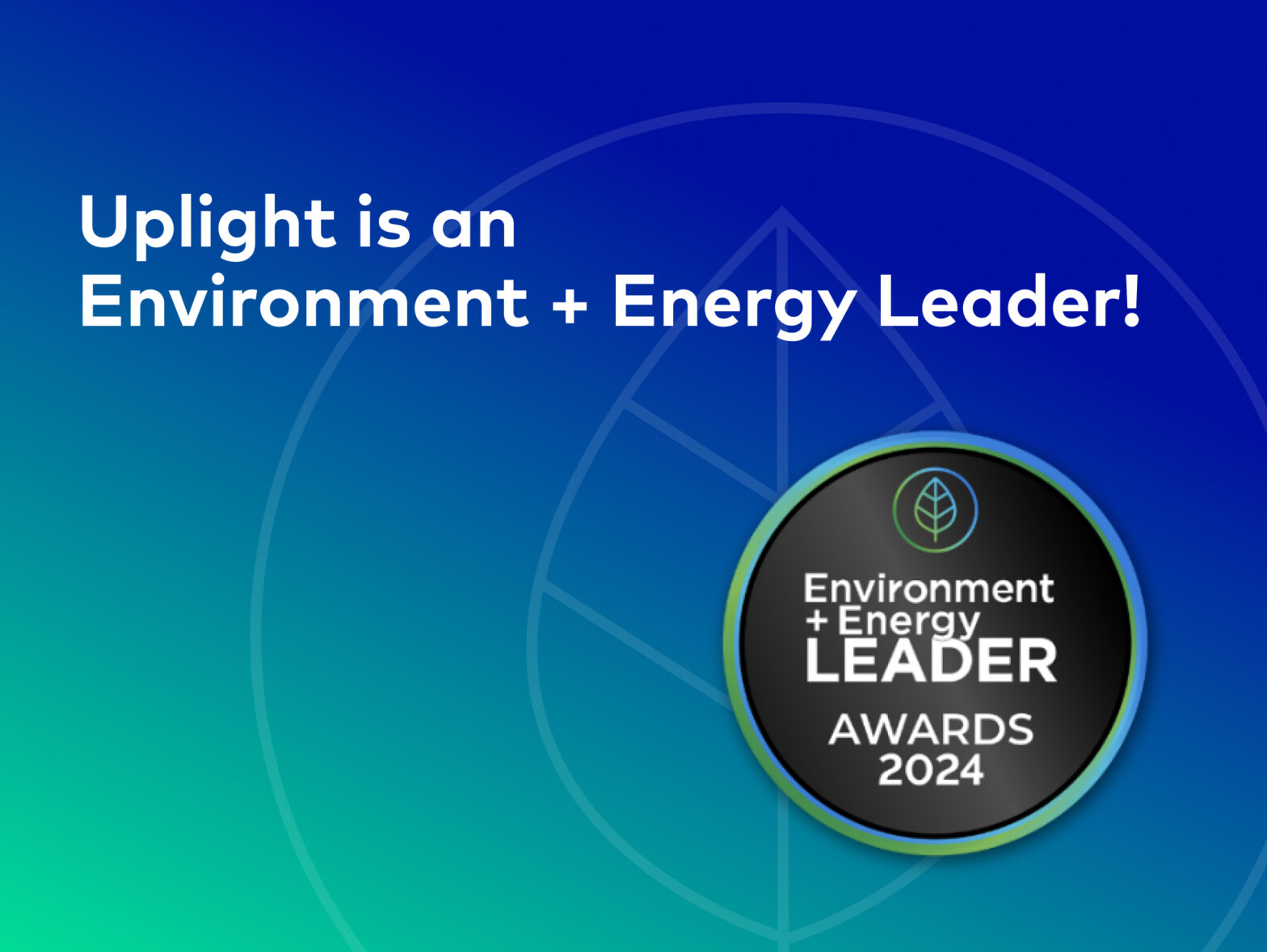With lay-offs, reductions in hours, and other job changes due to COVID-19, more households are having difficulties paying their utility bills. In response, a significant number of utilities have instituted moratoriums on disconnecting customers, voluntarily or under orders by their regulators. With over 23 million people unemployed nationwide, and some industries being shut down or dramatically altered, preventing disconnections for nonpayment meets a critical need to help keep homes stable.
Having past-due utility bills can have significant consequences for consumers. For example, they can prevent a renter from being able to obtain federal housing assistance. And this isn’t a new phenomenon. This cycle happens each year when winter disconnection moratoriums are lifted. We are only just beginning to see data about how significant the impacts of COVID-19 and economic upheaval are to residential and small business customers.
Even though some pandemic-related moratoriums will soon come to an end, there are few publicized plans in place to think comprehensively about how to prevent harm to customers when their bills come due. The National Consumer Law Center recently published a Utility Dive article laying out many of the approaches that utilities and commissions should be thinking about to help customers manage their bills, including waiving late payment fees, setting up payment programs, and using debt forgiveness programs.
Utilities, commissions, and other stakeholders will need to work together quickly to come up with a robust portfolio of approaches that ensure that customers who may be falling behind on their bills don’t fall through the cracks. For example, at Uplight, we’re working with our utility partners to use analytics to reach out to at-risk customers to let them know about opportunities to seek bill forgiveness or get on payment plans. Communicating with customers where they’re at is critical, using a mix of print and digital platforms.
However, we should also be working together – utilities, regulators, other government agencies, nonprofits, and service providers like Uplight – to find opportunities to help people manage their energy usage and prevent higher bills. In addition to what NCLC proposed, we should be looking for ways to streamline program enrollment, making it possible for a customer to enroll in multiple programs simultaneously, so they can understand their bills, get notifications, pay by their preferred method, and seek deferrals or discounts.
Furthermore, energy efficiency and demand management are as important as ever….as tools for stabilizing bills. Some energy efficiency programs are challenged right now because they involve working closely with people in their homes and businesses. Yet there are many options to promote bill stability for customers, particularly low-income or vulnerable customers, using other platforms:
- Utilities can expand energy education through online portals and applications, as well as through bill alerts;
- Customers who seek bill assistance and payment programs can be enrolled into weatherization or other efficiency programs for work when these programs resume;
- Virtual audit programs can help bring expertise into the home, while maintaining social distancing; and
- Utilities can send energy kits by mail which may include different equipment depending on the needs of the homeowner or renter.
- Utilities like Consumers Energy are offering free smart thermostats alongside enrollment in demand response programs to customers to help them better manage their energy use.
Every state, and perhaps every utility, will be different in how it handles the coming months. To help prevent arrears and keep some stability for residents and small businesses, we will need to work together to come up with several solutions that can meet varying needs. The most effective approaches will:
- Plan ahead, before moratoriums get lifted;
- Create partnerships between utilities, local nonprofits, and/or government agencies to coordinate information and funding;
- Reduce barriers to customers seeking bill assistance and program enrollment; and
- Pair analytics and energy management solutions with assistance in order to reach customers in need and provide long-term opportunities to reduce bills.
The COVID-19 pandemic is impacting households’ health, well-being, and finances. Responding in the short term can not only meet customers’ needs now, but improve utility customer engagement and trust beyond the pandemic.





